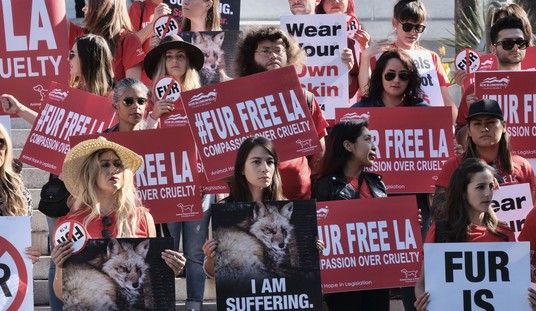As the threat of sanctions was hovering down on Ahmadinejad’s government –adding more pressure upon him and the rest of his cabinet– the Iranian leadership was looking for a diversion to take the Iranian people’s minds off the real issues which he will be accounted for.
Teachers striking for equal pay, workers who for months have been barely paid enough to survive, university students uprising across Iran, women protesting, unrest in different parts of the country, the cost of living rising faster and faster, gasoline rationed, and the rivals in the Majlis (Islamic parliament) and other power houses of the Islamic Republic challenging him; they all are the nightmare that Ahmadinejad has to endure in the hope of politically surviving until the next morning.
In a political system with big figures like Rafsanjani and Khatami controlling the money, while Ahmadinejad holds the gun, the Iranian president is faced with obstacles that even his father figure, Chamran, and his godfather, Larijani, are unable to deal with in a serene manner. So what’s a repressive regime to do? Well, why not try focusing the attention to the youth’s social behavior creating an artificial crisis over the dress code?
Iran has a 70 million population with more than 50 million under 30. This makes Iran one of the youngest countries in the world. Along with firing squads and extrajudicial deaths, Khomeini brought his own version of Persian language and vocabulary when took over in 1979. Besides his odd accent, he took new and unfamiliar words -supposedly out of Quran- to daily conversations.
One of those words was one he often used to describe the late shah: Taghout (Satan). By it he referred to the social behavior of modern-day Iranians, their attitude, civility, and specifically their dress code. Ties, jeans and short sleeves for men, as well as uncovered hair for women, became taboo. Consequently, his pasdars (Revolutionary Guards) started persecuting people because they weren’t following the dressing code. Women were attacked by pouring paint on them and by cutting them with blades; men by cutting their ties and ripping off their jeans.
The ironic twist now is that the target of Khomeini’s legacy are precisely “Allah’s Children:” young souls born, raised and educated under Islam and not the Taghout. They belong to a generation who grew without any personal or social freedom since the clerics took power 28 years ago. But despite of that, they have shown more courage, more guts and more determination than the older generation to fight the rulers.
Just yesterday, in the midst of police beating on two defenseless women in Haft e Tir, a popular square in Tehran, people quickly gathered, holding hands with one another and chanting loud and clear against the police, demanding them to let the women go. The police squad, suddenly frightened, radioed for help, but amid the turmoil they were kicked by a young man. Others released the victims from police custody and helped them escape to safety. The young man who also disappeared in the crowd. And today, reports from Tehran said that in another incident near an upscale shopping mall in the north of the city, a girl was being harassed by a police officer for her dress code, but then she pulled a knife and attacked the policeman. People tried to help the girl, but a special police backup unit quickly arrived and manage to take the the girl away by force.
A witness on the scene told PJ Media that after these reactions against police brutality he feels confident, powerful, and “smells freedom in the air.” Is this the beginning of something more?
Added bonus: a video of a young woman, partially undressed, angrily challenging the police enforcing the dress code.
Here’s another:









Join the conversation as a VIP Member